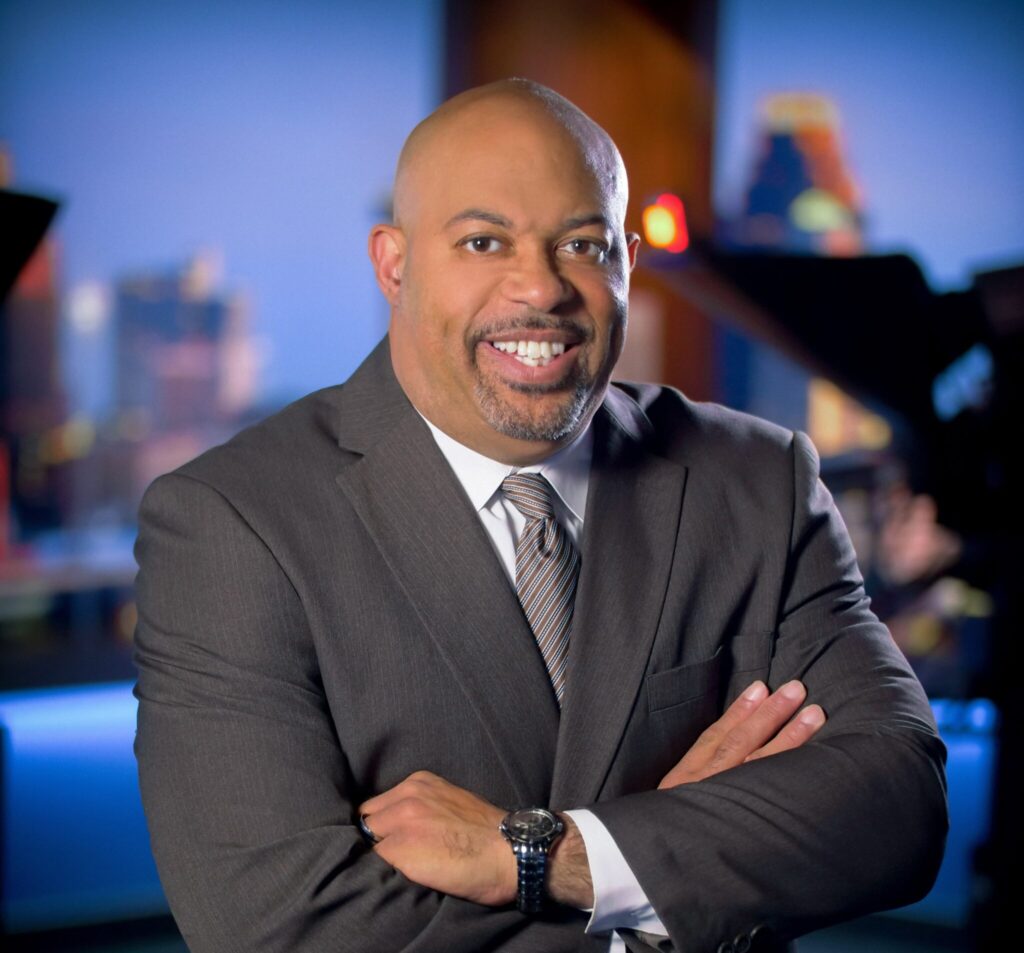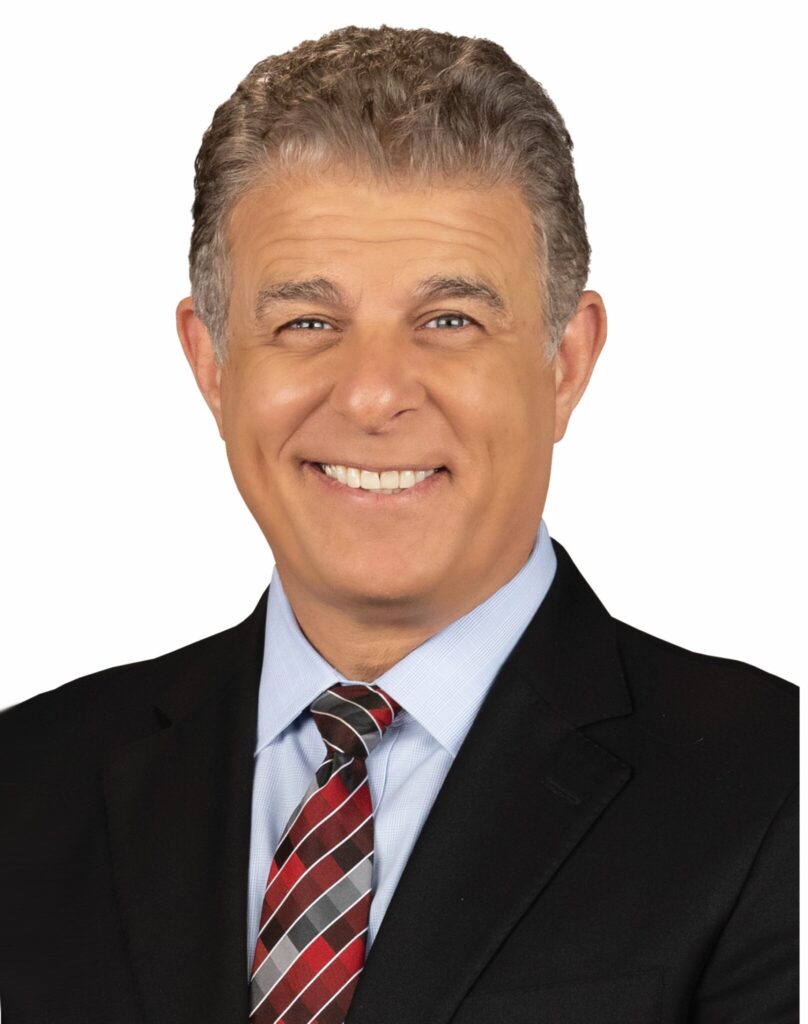 The business and TV station entrepreneur bought and merged his way to the top with Media General before it was absorbed by Nexstar in a big payday for Kim and his team last year. Now he’s gotten the band together again, and, with Deb McDermott, Stan Knott and Jim Carr, is back in play with his Standard Media buying nine stations being spun off by Sinclair. “I am in it for the long run; I want to be part of the big consolidation.”
The business and TV station entrepreneur bought and merged his way to the top with Media General before it was absorbed by Nexstar in a big payday for Kim and his team last year. Now he’s gotten the band together again, and, with Deb McDermott, Stan Knott and Jim Carr, is back in play with his Standard Media buying nine stations being spun off by Sinclair. “I am in it for the long run; I want to be part of the big consolidation.”
Soo Kim’s Goal: The Next Great Station Group
Soohyung Kim is back and open for business. “We are here. If anybody is interested in selling, come see us.”
What he wants to buy are TV stations. As he did before with Media General, Kim is looking to build a large TV station group and capitalize on the significant upside he sees in broadcasting.
A strong foundation for the group will soon be in place. His Standard General investment firm is buying nine stations in seven mid-markets that Sinclair Broadcast Group is being forced by regulators to spin off from its merger with Tribune Media.
Standard Media, as the new group is being called, agreed to pay $441.7 million.
The stations include six Fox affiliates and one ABC affiliate: KOKH Oklahoma City (DMA 41, Fox), WXMI Grand Rapids, Mich. (DMA 43, Fox); WPMT Harrisburg, Pa. (DMA 45, Fox); WXLV Greensboro, N.C. (DMA 48, ABC); WRLH Richmond, Va. (DMA 55, Fox); WOLF Wilkes-Barre/Scranton, Pa. (DMA 57, Fox); and KDSM Des Moines, Iowa (DMA 68, Fox).
Standard Media is also picking up Sinclair’s contracts and options to operate the MNT (WQMY) and CW (WSWB) affiliates in Wilkes-Barre/Scranton, which are owned by third parties.
Despite current ownership limits, Kim sees broadcasting eventually boiling down to the network O&O groups and three or four other majors, and he sees Standard Media, along with Sinclair and Nexstar, among the handful. “I am in it for the long run; I want to be part of the big consolidation.”
Kim is not just going to wait for sellers. He will seek them the out, he says, and will expect a good reception, given his track record. “We had a good outcome and all the people who participated in the last vehicle did really well. They did well financially; they did well personally.”
Kim began building the “last vehicle” by buying up the debt of Young Broadcasting as it was struggling to come out of bankruptcy. By 2012, he had a controlling stake.
He parlayed that investment by merging Young into Media General in 2013 — a move that gave him control of Media General.
Just six months later, he was back at it, engineering another merger, with LIN Media. That deal, valued at $1.6 billion, propelled Media General to the top rank of TV station groups with 74 stations and a reach of roughly 23% of U.S. TV homes.
Kim’s pace never slackened. In September 2015, he agreed to merge Media General with Meredith Corp. in a deal valued at $2.4 billion. Media General shareholders would end up with most of the stock, but Meredith’s management would run the combined companies.
That deal never happened, however. Nexstar swept in with a sweeter offer and eventually bought Media General in January 2017 for $4.6 billion, sending Kim and his management team to the sidelines with big paydays.
During his first run in the business, he chose to keep a low profile. TVNewsCheck once described Kim as the most important, least know man in broadcasting.
Kim was born in South Korean and moved to the U.S. as a child. After Princeton and a stint at Bankers Trust, he honed his investment skills at Och-Ziff Capital Management and Cyrus Capital Partners. In 2007, he launched Standard General as a hedge fund with former partner Nicholas Singer and $100 million in seed money from Reservoir Capital, according to the publication Hedge Fund Alert.
Not all of Standard General’s investments have worked out as well as its Young-LIN-Media General play did. See Radio Shack.
Standard Media is backed by more than $460 million of capital from institutional investors and the Royal Bank of Canada.
Kim declines to supply any financial details about the deal.
To run Standard Media, Kim has tapped Deb McDermott, who was running Young when he took control of it and stuck with Kim through the sale to Nexstar. She will hold the title of CEO.
Working with McDermott will be two former Media General hands, Stan Knott (station management) and Jim Carr (digital). Kim says he and McDermott tried to coax Bob Peterson, another of McDermott’s former lieutenants, out of retirement, but he wouldn’t budge.
The group will be based in Nashville, the home of McDermott and Knott. The group’s most immediate need is a CFO.
Although Kim is critical of the Justice Department’s strict antitrust enforcement in broadcasting, he concedes that it has given him the opportunity to make another broadcasting run.
Justice generally forbids groups from owning two Big Four affiliates in the same market. So, to win approval of its Tribune merger, Sinclair is having to spin off one of the affiliates in the seven markets that Kim is getting.
Kim says he was also helped by the fact that the “natural” buyers for the stations — groups that already had a network affiliate in the markets — were barred from bidding on the stations by the same antitrust constraints that is forcing Sinclair to sell them.
Kim acknowledges that he is buying the weaker of the two Sinclair-Tribune stations in each market, but says they are generally good markets. They include four state capitals — Oklahoma City, Harrisburg, Richmond and Des Moines — and five that are in the presidential swing states of Michigan, Pennsylvania, Virginia and North Carolina.
Another big plus: The stations will continue to benefit over the next few years from the lucrative retransmission consent deals that Sinclair was able to secure because of its size, he says.
Like other broadcasters, Kim says he will be a disciplined buyer, aiming at first at small groups operating mostly in smaller markets and then working up to the larger groups in larger markets.
Standard Media is open to different kinds of deals, he says. If the seller wants cash, he will pay cash. But if the seller wants to remain part of broadcasting’s future (and perhaps minimize taxes), he will merge them into Standard Media.
The small groups will eventually come around to that fact that they have to sell, he says.
“We are getting so much competition from OTT and other next-gen technologies and, meanwhile, we are still battling it out with the cable companies and the networks. I just think that hanging out with like five, 10, 15 stations is no way to live.”
Kim sees the consolidation of TV broadcasting as inevitable, a function of the “natural law of capitalism and competition.”
In broadcasting, consolidation has been slowed by “regulatory fiat,” national and local ownership limits that deprive broadcasters of the scale they need to compete with other TV media and, more important, to innovate technologically.
Broadcasting today relies on an outdated digital broadcasting system — ATSC 1.0 — that was rolled out in the late 1990s, a completely different media world, he says.
“I want to just remind people what the world looked like 20 years ago, what your cellphone looked like 20 years ago if you had one, what your cable box looked like 20 years ago, what your computers and the internet looked like 20 years ago.”
Kim is enthusiastic about ATSC 3.0, broadcasters’ second-generation transmission system, which the FCC authorized earlier this year and which promises a host of service enhancements and new businesses like datacasting. “It’s going to take a little while, but I think it’s real.”
ATSC 3.0 is an example of the innovation that can come from consolidation. “Look, the only reason why it started to move forward is because of Sinclair and Nexstar. They now speak for a big chunk of the industry.”
The fragmented state of the industry also perpetuates the competition among broadcasters, making it difficult for them to work together on technology and legal and regulatory matters.
“That’s just sad to me because local video is still a vibrant media form. It doesn’t have to be so bad. We have a local ad sales force, we have local content generation, we still have our own spectrum and we have real tools to compete in the future.
“Meanwhile the world is passing us by. We are like ants on a tennis ball and we think the world is yellow felt.”
























Comments (7)
veteranmanager says:
May 3, 2018 at 10:05 am
Wow. Deb without Peterson….what could possibly go wrong.
Joe Bottoms!! says:
May 3, 2018 at 10:32 am
Good luck..you will really need it this time
OldSchool says:
May 3, 2018 at 11:33 am
If he feels like ants on a tennis ball now just wait as McDermott and Knott attempt to add more ants. Wise choice by Bob Peterson.
Megatron81 says:
May 3, 2018 at 7:06 pm
Pretty good article on Soo Kim and Standard Media.
HopeUMakeit says:
May 4, 2018 at 10:01 am
Kim sees the consolidation of TV broadcasting as inevitable, a function of the “natural law of capitalism and competition
actually, consolidation is what kills capitalism. he also over paid for some really small audience shares. buying stations to receive re-trans money is not capitalism.
Joe Bottoms!! says:
May 4, 2018 at 9:32 pm
Anyone who wanted anything to do with Young and McDermott.. laughing sticks in the broadcast business.. deserves everything they get !!
veteranmanager says:
May 11, 2018 at 1:50 pm
I have observed first hand what Deb can do (or not do). It is going to be a cluster at best.